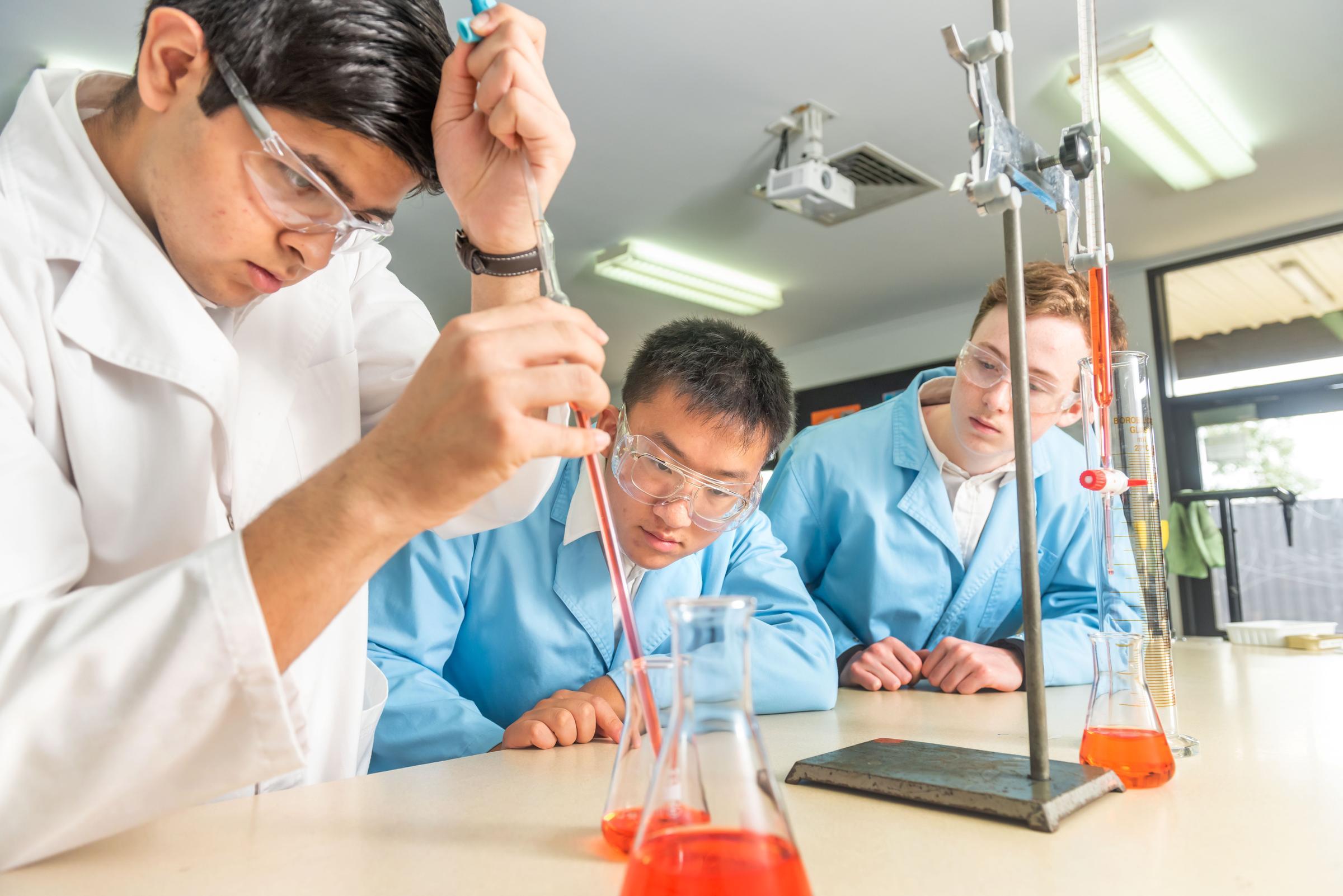Science

What's been Happening in Science
KIOSC Biology Unit 3: DNA Manipulation and Genetic Technologies
DNA manipulation techniques and applications.
Learners apply their knowledge to the structure and function of the DNA molecule to examine how molecular tools and techniques can be used to manipulate the molecule for a particular purpose.
Students also nvestigate the tools and techniques that can be used to manipulate DNA, explain how biological knowledge is applied to biotechnical applications, and analyse the interrelationship between scientific knowledge and its applications in society.
- Part One: Transforming Bacteria: Students will create a recombinant plasmid containing insulin and pGlo, then transform the plasmid into E. coli and plate out the transgenic bacteria.
- Part Two: Plasmid Digest, PCR and Gel Electrophoresis: Students will digest the plasmid to isolate insulin, run samples through the PCR machine and then run a gel to confirm that the plasmid was recombinant and contained insulin.
These programs address the following DNA Manipulation study design dot points:
- the use of enzymes to manipulate DNA, including polymerase to synthesise DNA, ligase to join DNA and endonucleases to cut DNA.
- amplification of DNA using polymerase chain reaction and the use of gel electrophoresis in sorting DNA fragments, including the interpretation of gel runs for DNA profiling.
- the use of recombinant plasmids as vectors to transform bacterial cells as demonstrated by the production of human insulin.
KIOSC Physics Unit 1: Thermodynamics
How can using IR technology improve the design and construction of houses?
Recent advances and improvements to Infra-Red technology has made thermal imagery part of sport, law enforcement and manufacturing a commonplace. The use of thermal imagery cameras allows identification of subtle heat expressions through the transfer of energy and inefficient energy conversions. Students will use the FLIR IR cameras to highlight inefficient energy transfers and understand the thermal properties of common building materials. Students further explore these concepts by designing a dwelling with minimal energy input to maintain a habitable thermal environment.
This program explores the use of FLIR Cameras to investigate the use of materials in housing.
- Material absorption and emission
- Insulated house design.
In this area of study students investigate the thermodynamic principles related to heating processes, including concepts of temperature, energy, and work. Students:
- describe temperature with reference to the average kinetic energy of the atoms and molecules within a system.
- investigate and apply theoretically and practically the First Law of Thermodynamics to simple situations: Q = U + W
- distinguish between conduction, convection, and radiation with reference to heat transfers within and between systems.
- explain why cooling results from evaporation using a simple kinetic energy model.
- describe power radiated by a body as being dependent on the temperature of the body according to the Stefan-Boltzmann Law.
Mr Rahul Suresh Raj
Science Leader



